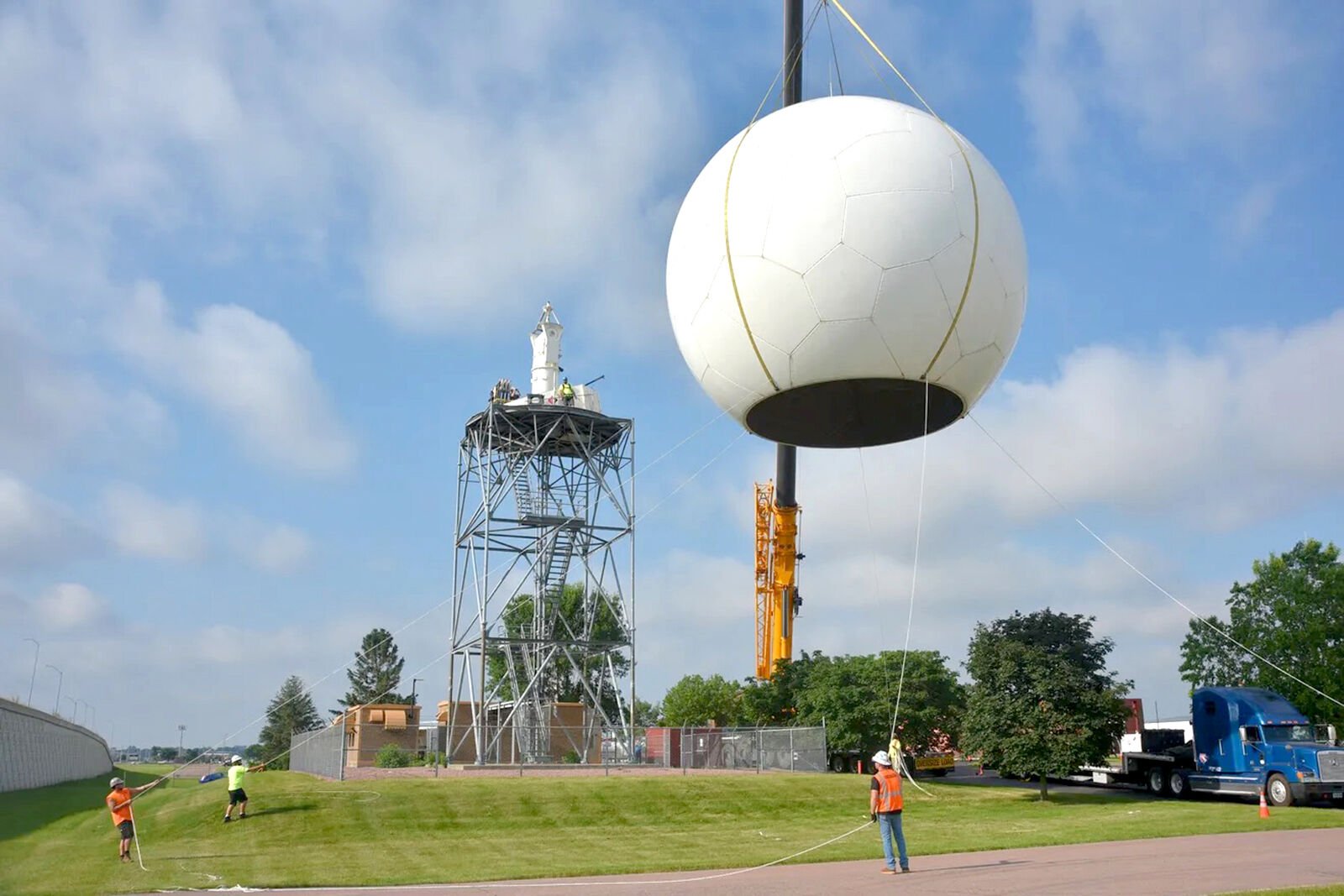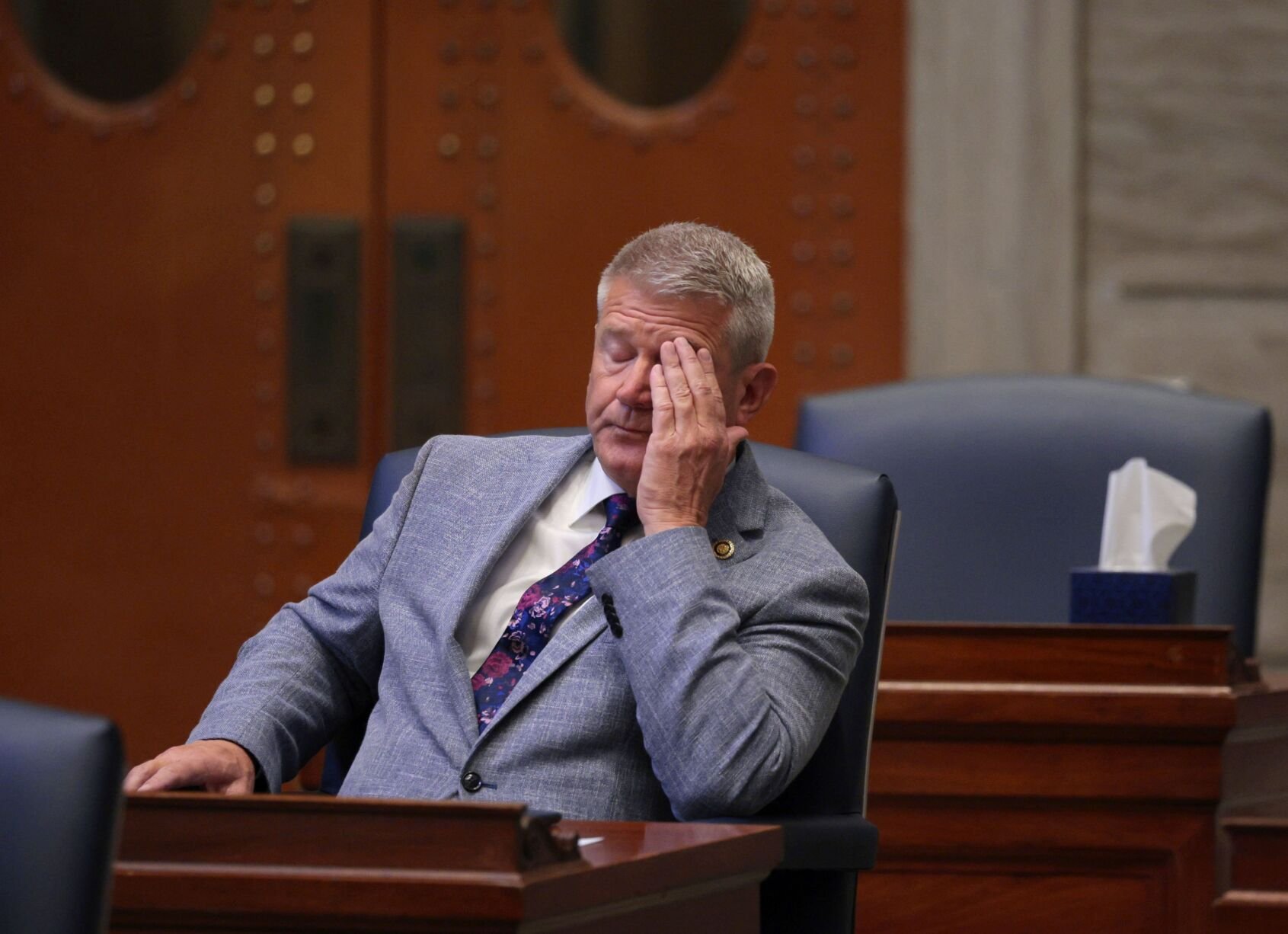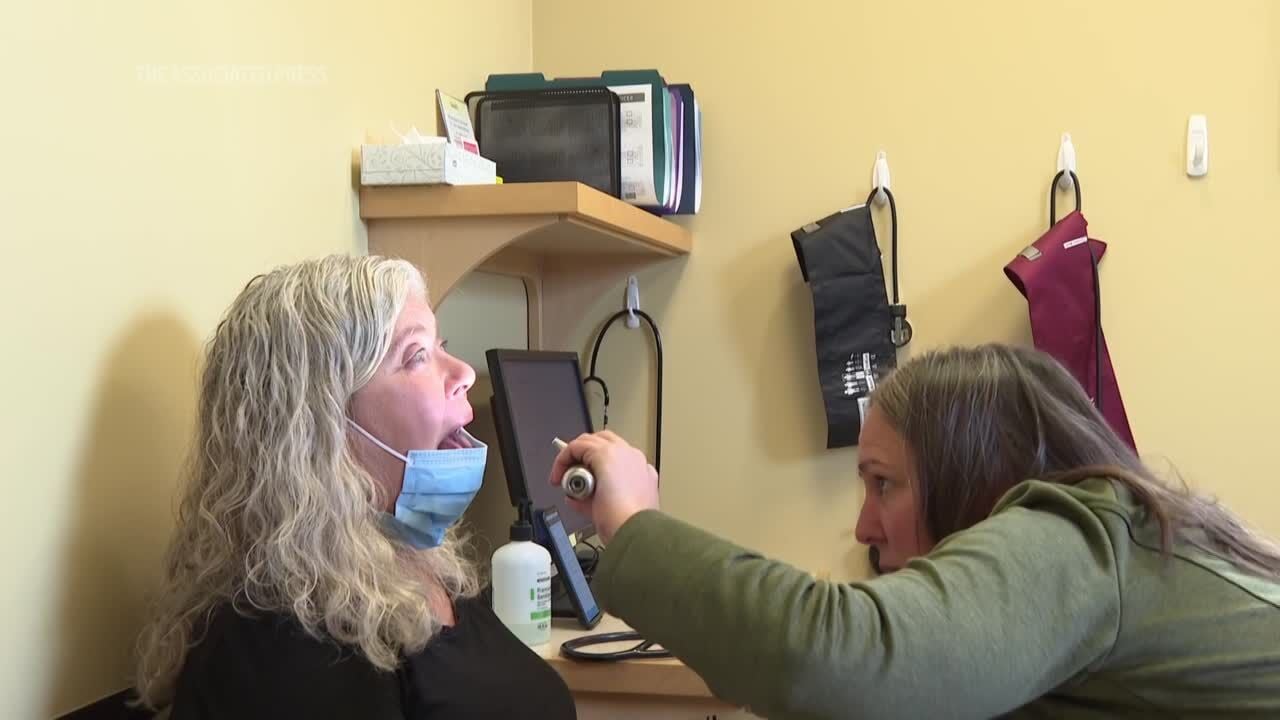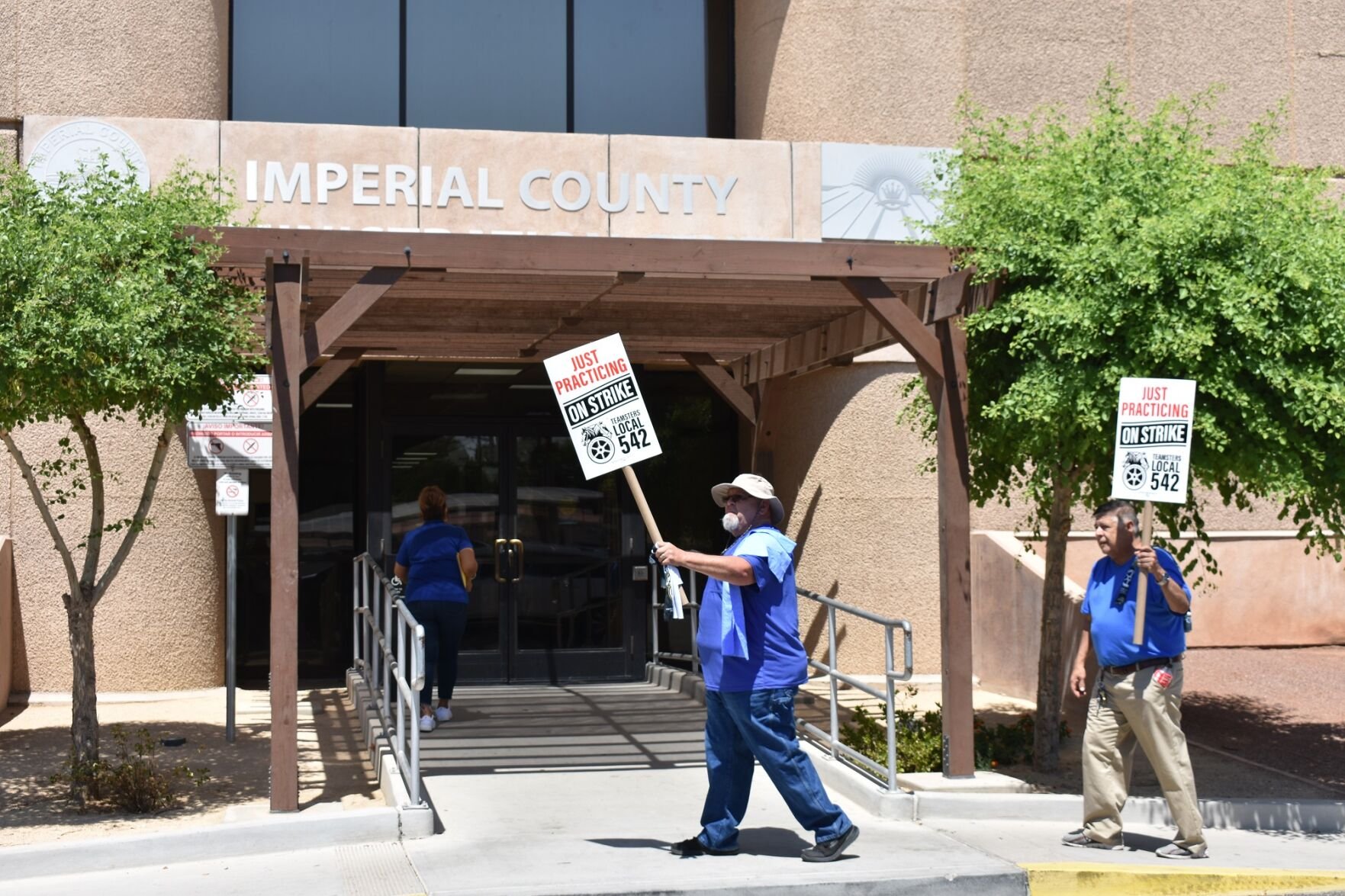Federal budget cuts and a hiring freeze are causing South Dakota’s National Weather Service offices to scale back critical data collection, raising concerns during peak storm season.
Fewer Eyes On The Sky

Key Takeaways:
- Staff shortages at South Dakota’s National Weather Service offices are impacting weather forecasting.
- Fewer weather balloons are being launched, reducing critical atmospheric data collection.
- Federal budget cuts and a hiring freeze are the main causes of these issues.
- The timing coincides with tornado and thunderstorm season, increasing potential risks.
- These challenges may affect public safety due to less accurate weather forecasts.
South Dakota’s Weather Services Face Staffing Crisis
South Dakota’s three National Weather Service (NWS) forecast offices are experiencing significant staff shortages. As a result, they are sending up fewer weather balloons that gather essential atmospheric data. This reduction comes at a critical time when tornado and thunderstorm season is ramping up across the state.
Impact on Data Collection
Weather balloons play a crucial role in collecting upper-atmospheric data necessary for accurate weather forecasting. With fewer balloons being launched, there’s a concern that the quality and precision of weather predictions may decline. “South Dakota’s three National Weather Service (NWS) forecast offices are short of staff and sending up fewer weather balloons that gather important data,” notes the report.
Federal Budget Cuts and Hiring Freeze
The staffing shortages and reduction in data collection are directly linked to federal budget cuts and a hiring freeze imposed on the National Weather Service. These financial constraints have left the offices struggling to maintain standard operations. The original report highlights that these measures are “in response to federal budget cuts and a hiring freeze.”
Timing Heightens Concern
The challenges come at a particularly problematic time. As the report states, this situation is unfolding “as tornado and thunderstorm season ramps up.” This season typically demands heightened vigilance and robust data collection to provide timely and accurate warnings to the public.
Potential Risks to Public Safety
The combination of staff shortages and fewer weather balloons could have serious implications for public safety. Accurate weather forecasting is essential for preparing for severe weather events. The diminished capacity of the NWS offices may affect their ability to issue prompt warnings, potentially putting communities at risk.
Conclusion
Addressing the staffing and resource challenges faced by South Dakota’s National Weather Service offices is crucial. Ensuring that these offices are fully equipped and staffed is imperative for maintaining accurate weather forecasts and safeguarding the public during severe weather seasons.











